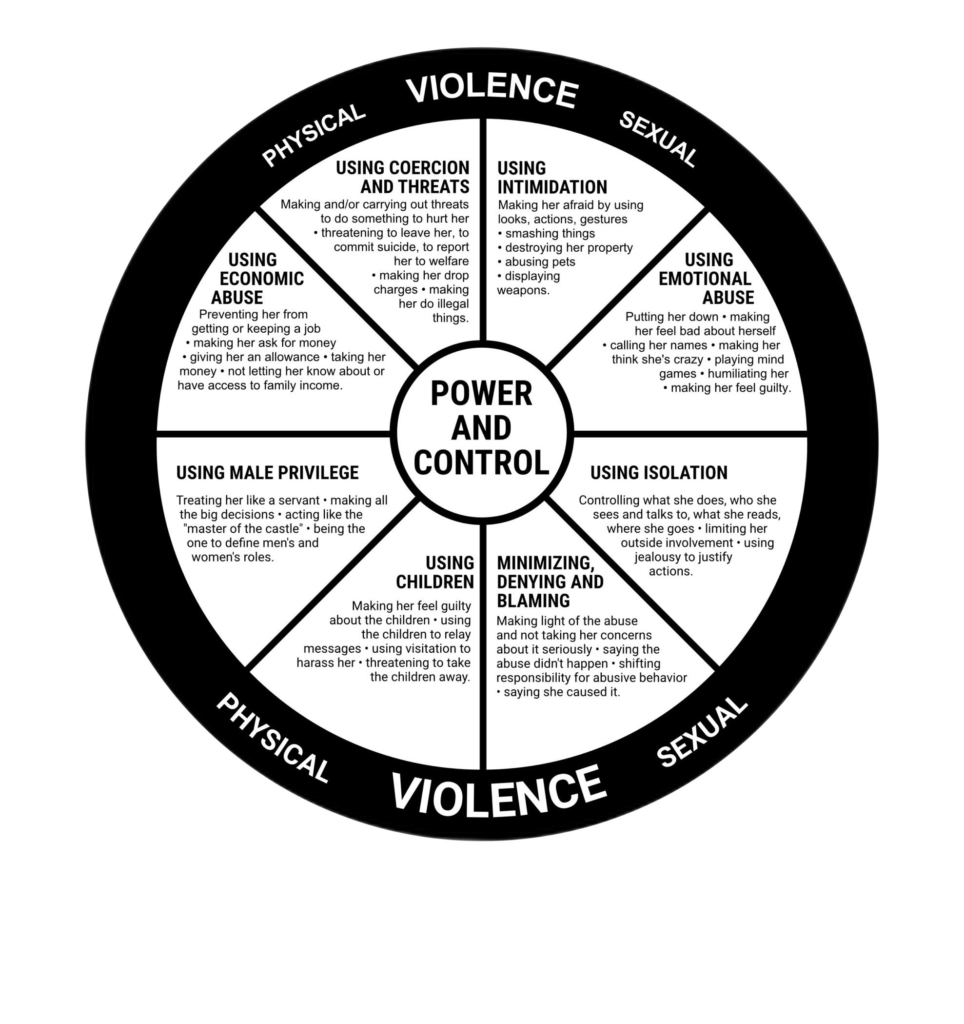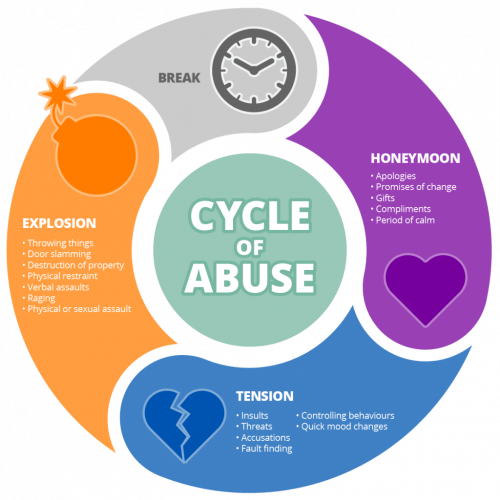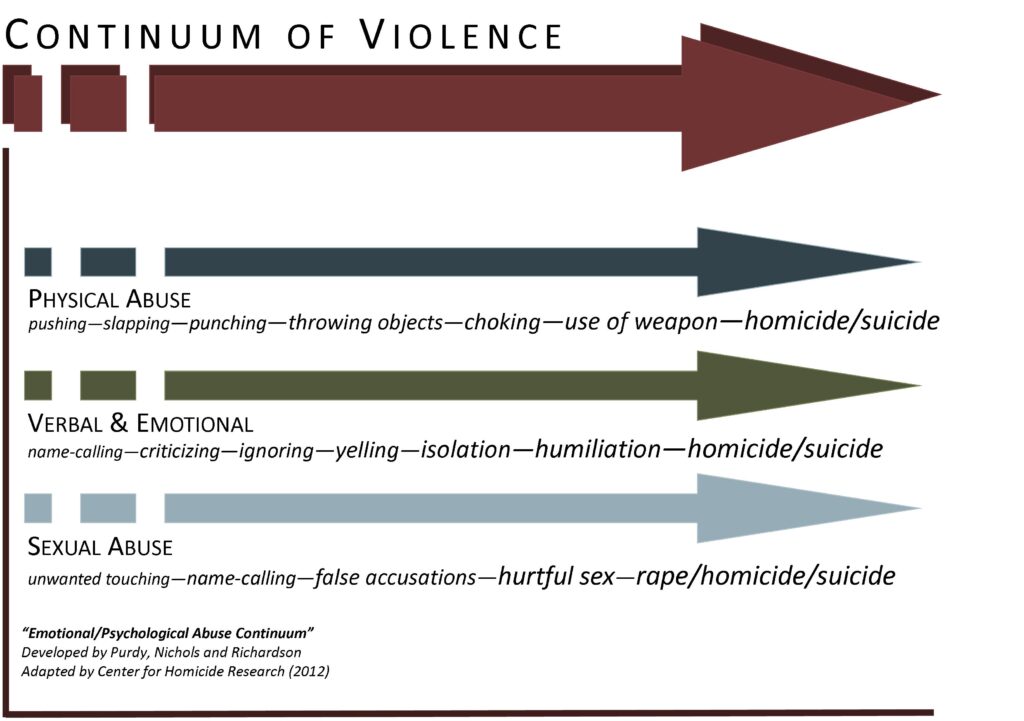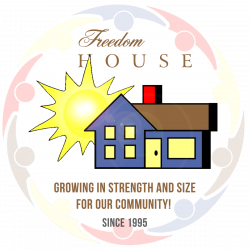Freedom House of Parker County

Sexual Assault & Domestic Violence Hotline: 817-596-8922
Resources
What is Domestic Violence?
Domestic violence is a pattern of behavior that is used to gain or maintain power over an intimate partner. It is also referred to as Intimate Partner Violence (IPV), Dating Abuse, or Relationship Abuse. The term includes physical violence, sexual violence, emotional abuse, financial abuse, spiritual abuse and stalking by a former or current intimate partner.
Domestic Violence does not discriminate. It can happen to any race, gender, socioeconomic status, sexual orientation, religion, age, education levels or culture. Multiple forms of abuse can be present, and it can be important to know the warning signs of abuse.

What is Sexual Assault?
Sexual assault is any forced, unwanted, coerced sexual contact. Different types of violence can be included in sexual assault.
Sexual Assault can include, but is not limited to:
- Rape (Sexual intercourse or pentation without consent)
- Attempted rape
- Incest (Sexual contact with a family member)
- Child sexual abuse
- Unwanted sexual touching
- Forcible object penetration (penetrating someone’s vagina or anus, or causing that person to penetrate her or himself, against that person’s will)
- Human sex trafficking
- Sexual assaults with intimate partner (Includes martial rape)
- Sexual harassments
*Sexual assault is not limited to these behaviors only. Sexual assault is never the victim’s fault.
*Consent is a verbal agreement between two partners to engage in sexual activity. Consent cannot be given by individuals who are underage, intoxicated, asleep, incapacitated by drugs or alcohol, or unconscious.
What is Sex Trafficking?
Sex trafficking is the action or practice of illegally transporting people from one country or area to another for the purpose of sexual exploitation. It does not discriminate and happens everywhere.
What is Stalking?
Stalking occurs when an individual harasses, threatens, and/or follows someone, causing concern for safety.
What is the Cycle of Violence?
The Cycle of Violence demonstrates how violence is a pattern. Abuse is not typically an isolated event, it follows a pattern. The abuse worsens over time in both seriousness and occurrence.
Relationships do not start out with abuse. Red flags emerge after the start. Abusive partners move quickly in relationships, often pushing moving in together or marriage quickly. The first phase of the cycle of violence emerges with red flags.

Tension Building
Abuser:
- Insults partner or threatens them
- Controlling behaviors
- Quick mood changes
- Jealously
- Act possessive
- Moody, unpredictable
- Criticizes partner
- Nitpicks partner
- Puts down partner
- Drug/Alcohol use
Partner:
- Feels like they’re walking on eggshells
- Tries to reason
- Withdrawn
- Agrees
- Keeps children away
- Silent/Talkative
- Cooks favorite meal for abuser, tries to please
Explosion
Abuser:
- Hitting
- Choking
- Humiliations
- Rape
- Emotional abuse
- Put downs
- Use of weapons
- Beating
- Imprisonment
- Destroy property
- Throw objects
Partner:
- Protects self anyway they can
- Calls police
- Tries to calm abuser
- Leaves
- Fights back
- Neighbors/others call police
- Police called by abuser
Honeymoon
Abuser:
- Begs for forgiveness
- Promises it will never happen again
- Gives gifts to partner
- Apologizes
- Cries
- Wants to make love
- Promises to get counseling
- Minimize or deny abuse
- Promise to stop drinking, using drugs
Partner:
- Agrees to stay, return or take abuser back
- Attempts to stop legal proceedings
- Sets up counseling for abuser
- Feels hopeful, happy
Lethality Risk
Is your life in danger?
The greater number of indicators below, the more likelihood of serious assault or homicide.
- Has the abuser threatened to kill you, the children or themselves?
- Prior threats is one of the strongest links to homicide
- Has the abuser expressed ideas, dreams or fantasies about killing you, the children or themselves?
- The risk is greater if the abuser is specific in plans or intended methods
- Has the abuser made more than one threat? How often? Daily, weekly, monthly?
- Is there access to or past use of weapons?
- Access to weapons is an indicator of homicide risk
- Has the abuser ever used hands or an object to choke, strangle or suffocate you?
- These are a high risk for homicide
- Does the abuser have a history or threats of arson?
- Increases risk of homicide
- Does the abuser express ownership of you? (“If I can’t have you, no one else can”; “You can never leave me.”)
- Risk of serious assault or homicide is greater
- Does the abuser depend heavily on you? (Isolate you from friends, family and community, idolize you)
- Risk of serious assault or homicide is greater
- Has there been separation violence?
- Increases risk of serious assault or homicide
- Has there been stalking, hostage-taking, or abduction?
- Increases risk of serious assault or homicide
- Is the abuser acutely depressed and seeing little hope for life?
- Increases risk of serious assault or homicide
- Has there been escalation of the abusers violence or risk behavior?
- Increases risk of serious assault or homicide
- Is there frequent use of drugs and/or alcohol?
- Increases risk of serious assault or homicide
Continuum of Family Violence
Continuum of Family Violence shows how different types of abuse and violence progress over time. They increase in severity and do not regress. The continuum demonstrates how physical violence can increase and end in homicide or suicide for the for the partner. Verbal and emotional abuse increase can also lead to homicide or suicide for the partner. Sexual abuse increase can lead to rape, homicide and suicide.

